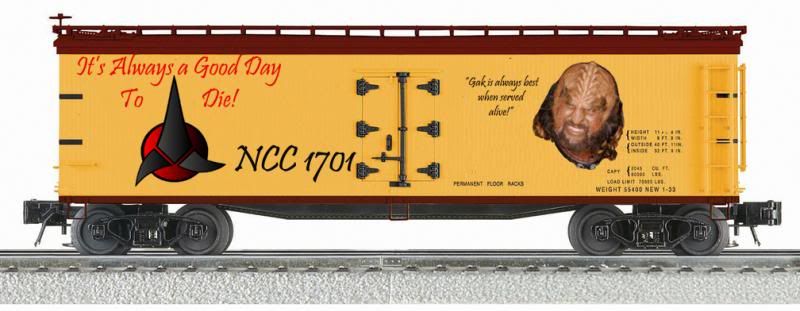| It is currently Wed May 14, 2025 6:59 pm |
|
All times are UTC - 5 hours [ DST ] |
 
|
Page 3 of 4 |
[ 56 posts ] | Go to page Previous 1, 2, 3, 4 Next |
|
| Ron Travis |
|
||
|
Joined: Sun May 15, 2005 2:22 pm Posts: 1543 |
|
||
| Orsonroy |
|
||
|
Joined: Tue Jul 11, 2006 10:57 am Posts: 48 Location: Elgin, IL |
|
||
| Ron Travis |
|
||
|
Joined: Sun May 15, 2005 2:22 pm Posts: 1543 |
|
||
| dinwitty |
|
||
|
Joined: Wed Oct 22, 2008 8:18 pm Posts: 2226 |
|
||
| Alexander D. Mitchell IV |
|
||
|
Joined: Sun Aug 22, 2004 1:51 pm Posts: 11831 Location: Somewhere east of Prescott, AZ along the old Santa Fe "Prescott & Eastern" |
|
||
| Dennis Storzek |
|
||
|
Joined: Thu Aug 26, 2004 2:50 pm Posts: 2815 Location: Northern Illinois |
|
||
| Ron Travis |
|
||
|
Joined: Sun May 15, 2005 2:22 pm Posts: 1543 |
|
||
| Dennis Storzek |
|
||
|
Joined: Thu Aug 26, 2004 2:50 pm Posts: 2815 Location: Northern Illinois |
|
||
| hamster |
|
||
|
Joined: Fri Jul 23, 2010 12:41 pm Posts: 540 Location: Minneapolis, MN |
|
||
| Ron Travis |
|
||
|
Joined: Sun May 15, 2005 2:22 pm Posts: 1543 |
|
||
| Dennis Storzek |
|
||
|
Joined: Thu Aug 26, 2004 2:50 pm Posts: 2815 Location: Northern Illinois |
|
||
| rock island lines |
|
||
|
Joined: Mon Feb 17, 2014 4:20 pm Posts: 487 |
|
||
| Ron Travis |
|
||
|
Joined: Sun May 15, 2005 2:22 pm Posts: 1543 |
|
||
| Richard Glueck |
|
||
|
Joined: Sun Aug 22, 2004 11:26 am Posts: 4709 Location: Maine |
|
||
 
|
Page 3 of 4 |
[ 56 posts ] | Go to page Previous 1, 2, 3, 4 Next |
|
All times are UTC - 5 hours [ DST ] |
Who is online |
Users browsing this forum: Google [Bot], tdmidget and 166 guests |
| You cannot post new topics in this forum You cannot reply to topics in this forum You cannot edit your posts in this forum You cannot delete your posts in this forum You cannot post attachments in this forum |

